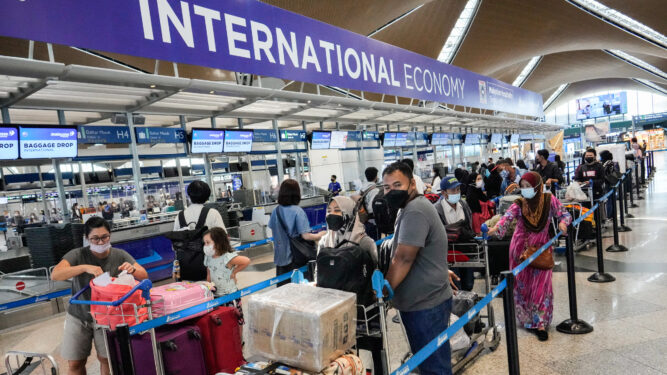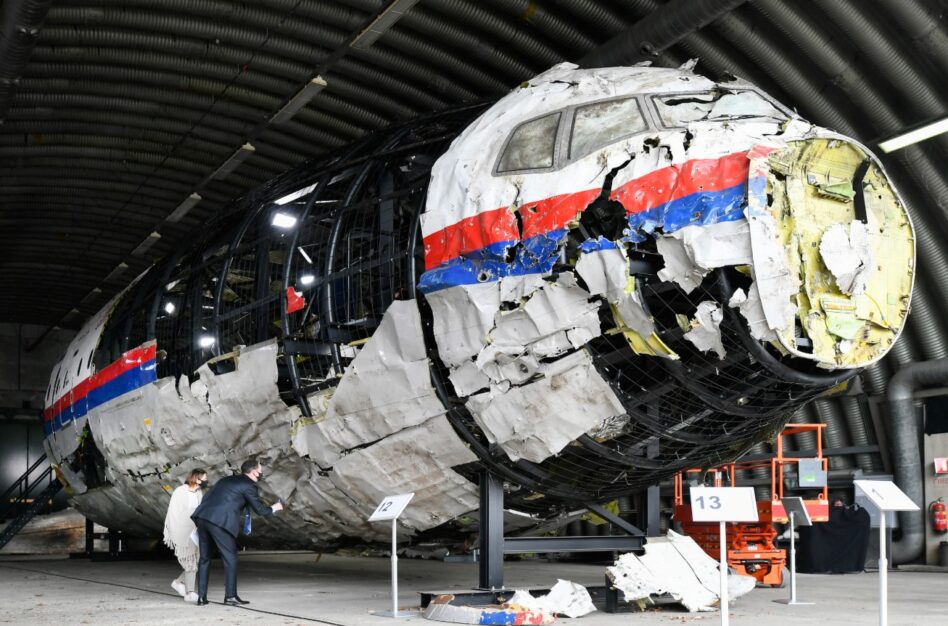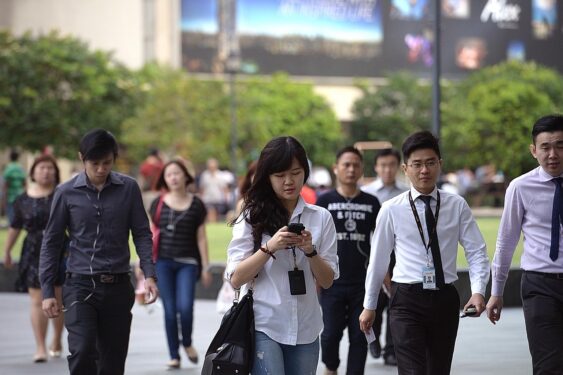IN an era driven by technological advancements, it is essential for educational systems to adapt and incorporate cutting-edge tools to prepare students for the future. Embedding satellite technology and remote sensing into the curriculum can revolutionise the learning experience by fostering critical thinking, environmental awareness, and technological literacy.
The curriculum should introduce geospatial concepts from an early age, highlighting the importance of understanding Earth’s features, climate patterns and natural resources.
Students can learn about maps, spatial relationships, and the interpretation of satellite imagery. This foundation will enable them to comprehend the role of satellite technology in capturing and analysing geospatial data.
Remote sensing and satellite imagery analysis can be integrated into various subjects, such as geography, environmental science, and mathematics. This allows students the chance to learn how to interpret satellite images, identify landforms, analyse changes over time, and understand the impact of human activities on the environment.
By engaging in hands-on activities such as image interpretation exercises and data analysis projects, students develop critical thinking and problem-solving skills.
Partnerships with local agencies and experts in remote sensing and geospatial technology can enhance the integration of satellite technology into the curriculum.
Collaborations can involve workshops, guest lectures and mentorship programmes where students interact with professionals working in the field. This exposure provides valuable insights into real-world applications of satellite technology and fosters interest in related career paths.
Integrating satellite technology into fieldwork activities allows students to collect their own geospatial data. For example, students can conduct surveys, gather GPS coordinates and capture images of their local environment. These data can be analysed using satellite imagery, enabling students to understand the relationship between field observations and satellite-derived information.
Encouraging interdisciplinary projects that incorporate satellite technology and remote sensing enables students to connect different subjects and apply their knowledge to real-world scenarios. For instance, a project could involve mapping and monitoring changes in land use, identifying areas prone to natural disasters, or analysing the impact of urbanisation on local ecosystems. These projects foster collaboration, critical thinking and creativity.
Providing professional development opportunities for educators is crucial to effectively incorporating satellite technology and remote sensing into the curriculum. Workshops, training programmes, and online resources can empower teachers with the necessary knowledge and skills to guide students in utilising satellite imagery and geospatial data.
Educators can also collaborate with experts to develop engaging lesson plans and projects that align with the curriculum.
Utilising online resources and platforms that provide access to satellite imagery and remote sensing data can enrich the learning experience. Students can explore interactive maps, access satellite imagery archives, and engage in virtual experiments or simulations. These resources facilitate self-directed learning, allowing students to explore their interests and deepen their understanding of geospatial concepts.
By embedding satellite technology and remote sensing into the curriculum, students gain valuable skills, including critical thinking, data analysis, and geospatial literacy. The integration of satellite imagery and geospatial data provides a multidisciplinary approach to learning, fosters environmental awareness, and promotes technological literacy.
Through collaborations with local agencies, practical fieldwork, and professional development for educators, countries like Malaysia can create a curriculum that prepares students to thrive in a technology-driven world by addressing real-world challenges. – June 30, 2023
Prof. Datuk Ir. Dr. Norashidah Md Din is Universiti Tenaga Nasional (UNITEN) Institute of Energy Infrastructure director.
The views expressed are solely of the author and do not necessarily reflect those of Focus Malaysia.









